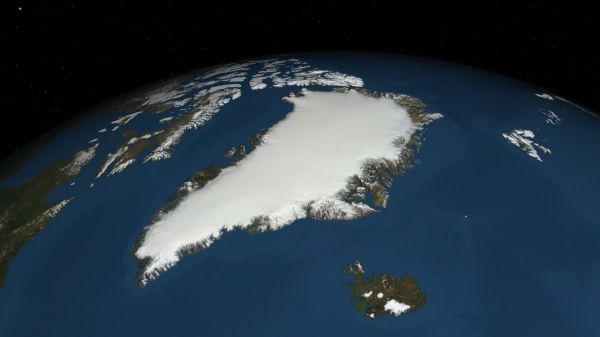One of the many effects of global warming is sea-level rise, to which the melting and retreat of the Earth’s ice sheets and glaciers is a major contributor. As the sea level rises, large areas of densely populated coastal land could ultimately become uninhabitable without extensive coastal modification. Hence it is vital to understand the impact of different pathways of future climate change on changes in sea level caused by ice sheets and glaciers.
Professor Ralf Greve and Dr. Christopher Chambers at the Institute of Low Temperature Science, Hokkaido University, simulated the evolution of the Greenland ice sheet until the year 3000 to investigate the long-term impacts of 21st-century warming. Their predictions were published in the Journal of Glaciology.
The Ice Sheet Model Intercomparison Project for the Coupled Model Intercomparison Project Phase 6 (ISMIP6) was a major international effort that used the latest generation of models to estimate the impact of global warming on the ice sheets of Antarctica and Greenland. The objective was to provide input for the recently published Sixth Assessment Report of the IPCC (https://www.ipcc.ch/report/ar6/wg1/). Based on their contribution to ISMIP6, the research team examined the long-term perspective for the Greenland ice sheet beyond the 21st century under global-warming conditions.
Read more at: Hokkaido University
The recent Greenland ice sheet: area 1.8 million km2; mean thickness 1.67 km; volume 7.42 m sea-level equivalent (Photo Credit: NASA’s Scientific Visualization Studio).


